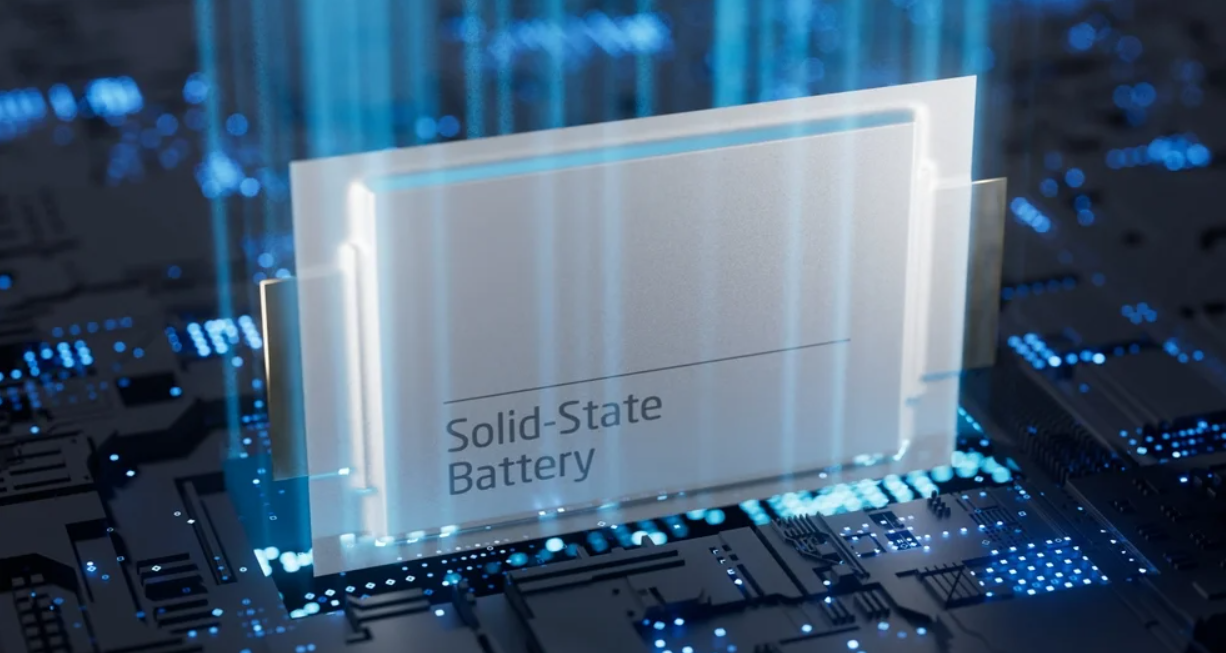The solid-state battery market holds significant potential to revolutionize energy storage solutions across multiple industries, including electric vehicles, consumer electronics, and renewable energy systems. Despite the promising advantages such as higher energy density, better safety, and longer lifespan, there are several market restraints that pose challenges to its widespread adoption and commercialization. These restraints range from technical and material issues to cost concerns and manufacturing complexities. This article delves into the key barriers hindering the growth of the solid-state battery market.

1. High Production Costs
The high manufacturing cost of solid-state batteries is one of the primary restraints in the market. The production of these batteries involves expensive raw materials such as solid electrolytes, which are not only costly but also difficult to synthesize at scale. Additionally, the manufacturing process itself is complex, requiring specialized equipment and technology. These factors significantly increase the cost per unit of solid-state batteries, making them less competitive compared to established lithium-ion batteries. Until these production costs are reduced, widespread adoption remains a challenge.
2. Manufacturing Scalability Issues
Scaling up production to meet global demand is another major restraint. Solid-state batteries are still in the research and development phase, and their commercial-scale production is limited. The transition from laboratory-scale prototypes to large-scale manufacturing requires significant advancements in production techniques. Furthermore, creating consistent quality at scale is a challenge, as even minor variations in production can lead to performance issues, making it difficult to mass-produce these batteries for widespread applications.
3. Material Limitations
A key restraint in the solid-state battery market lies in the availability and performance of materials required for these batteries. Solid electrolytes, which replace the liquid electrolytes found in traditional lithium-ion batteries, need to meet certain criteria, including high ionic conductivity, stability, and compatibility with other materials in the battery. However, existing solid electrolyte materials, such as sulfide-based and oxide-based compounds, still face challenges related to high cost, limited conductivity, and temperature sensitivity. These material limitations hinder the ability to produce solid-state batteries that can match the performance and cost-effectiveness of their lithium-ion counterparts.
4. Limited Energy Density Improvement
While solid-state batteries are theoretically capable of offering higher energy densities, the actual improvements in this area have been slower than expected. The practical energy density gain over traditional lithium-ion batteries remains limited due to issues like dendrite formation, which can short-circuit the battery. Moreover, the solid-state electrolyte materials are often not capable of supporting the high energy density that is required for large-scale applications such as electric vehicles. Until these technical hurdles are overcome, solid-state batteries may not deliver the promised performance improvements, limiting their attractiveness for certain sectors.
5. Supply Chain and Raw Material Constraints
Solid-state batteries require a unique set of raw materials, which are not as readily available as those used in conventional lithium-ion batteries. The supply of high-quality solid electrolytes, particularly those made from rare earth elements or specialized chemicals, can be limited and subject to supply chain disruptions. This creates a bottleneck in the manufacturing process, driving up costs and creating uncertainties around the availability of key materials for large-scale production.
6. Lack of Standardization
The solid-state battery market is still in its nascent stage, and as such, there is a lack of industry-wide standards for production, testing, and performance. Different manufacturers are working on various solid-state battery technologies, each with its unique designs, chemistries, and performance metrics. This lack of standardization can lead to inefficiencies in development and manufacturing, as well as difficulties in comparing different solid-state battery technologies. A standardized framework would help streamline production processes and foster greater collaboration between stakeholders in the industry.
7. Battery Life and Stability Concerns
While solid-state batteries are known for their improved safety, one of the significant technical challenges is their long-term stability. The solid electrolyte materials used in these batteries are prone to degradation over time, particularly when exposed to varying temperatures or moisture. This can result in reduced battery performance or even failure. Ensuring the long-term stability of solid-state batteries, especially under extreme conditions, is crucial to their widespread adoption, particularly in sectors such as electric vehicles and renewable energy storage, where reliability is paramount.
8. Technological Competition from Lithium-Ion Batteries
Lithium-ion batteries, which have dominated the energy storage market for several years, continue to benefit from economies of scale, well-established manufacturing processes, and continuous advancements in performance. In contrast, solid-state batteries face the dual challenge of competing with these established technologies while simultaneously addressing technical and cost-related barriers. Despite their superior safety and energy density, solid-state batteries must demonstrate substantial improvements in performance and cost-effectiveness to overcome the dominance of lithium-ion technology in the market.
9. Regulatory and Safety Challenges
The adoption of solid-state batteries also faces regulatory hurdles. As the technology is still emerging, regulatory bodies have yet to establish comprehensive safety and performance standards for solid-state batteries. This creates uncertainty around their commercial viability, especially in industries where stringent safety and regulatory compliance are required. Until clear regulatory guidelines are set, manufacturers and consumers may hesitate to fully invest in solid-state batteries, slowing down market adoption.
10. Integration with Existing Infrastructure
Integrating solid-state batteries into existing infrastructure, especially for applications in electric vehicles and grid storage systems, presents a challenge. Electric vehicle manufacturers and energy providers have already heavily invested in lithium-ion battery systems, and transitioning to solid-state batteries may require significant changes in design, infrastructure, and charging technology. The cost and complexity of this transition could delay the widespread adoption of solid-state batteries in these industries.
In conclusion, while the solid-state battery market holds great promise, several key restraints continue to hinder its growth and adoption. These challenges must be addressed through continued research, innovation, and investment to unlock the full potential of solid-state batteries and enable their widespread use across various industries.





